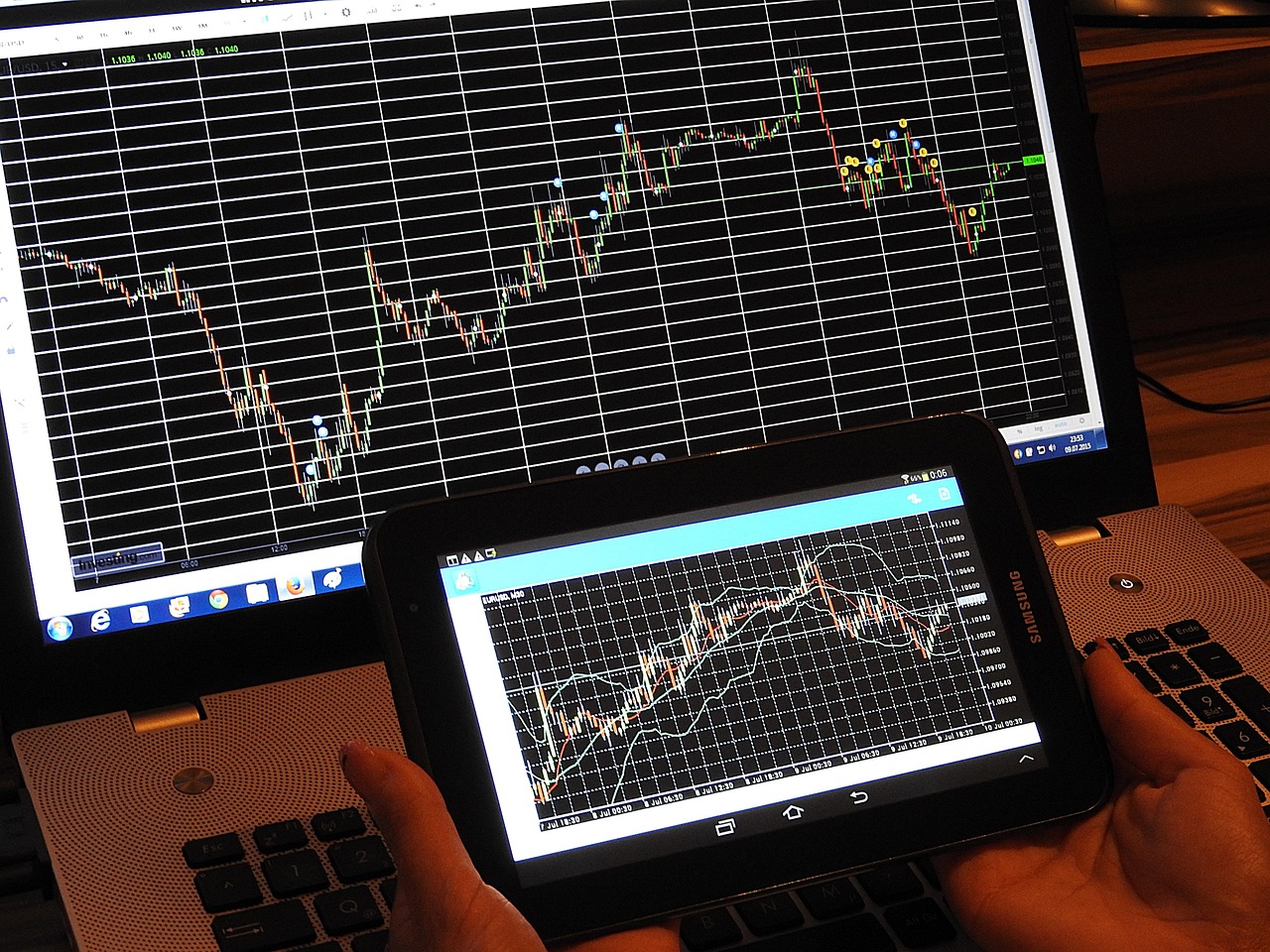Margin trading: the key to amplifying potential profits, or a fast track to significant losses? Navigating the complexities of this powerful financial tool requires a solid understanding of its mechanics, risks, and strategies. Whether you’re a seasoned trader or just starting your investment journey, this comprehensive guide will provide you with the knowledge and insights necessary to make informed decisions about margin trading.
Understanding Margin Trading
What is Margin?
Margin trading allows you to borrow funds from a broker to increase your trading position. Instead of using only your own capital, you use a combination of your funds and borrowed funds. This amplifies both potential profits and potential losses. The “margin” is the initial amount you deposit as collateral to secure the loan. Think of it like putting a down payment on a larger purchase; in this case, the purchase is a larger investment.
How Margin Trading Works
- Account Setup: You need to open a margin account with a brokerage firm. This typically involves filling out an application and meeting certain eligibility requirements, like minimum account balance requirements.
- Margin Requirement: Brokerage firms set a margin requirement, which is the percentage of the total trade value you need to deposit. For example, a 50% margin requirement means you can control $10,000 worth of assets with $5,000 of your own capital.
- Leverage: Leverage is the ratio of borrowed funds to your own capital. In the example above, with a 50% margin requirement, you are using 2:1 leverage.
- Buying Power: Margin increases your buying power, allowing you to execute larger trades than you could with your own funds alone.
- Interest and Fees: You will be charged interest on the borrowed funds, and potentially other fees associated with maintaining the margin account. These costs are crucial to consider when evaluating the profitability of a margin trade.
- Example: Suppose you have $5,000 in a margin account with a 50% margin requirement. You want to buy shares of a stock trading at $50 per share.
- Buying Power: With $5,000 and a 50% margin, your buying power is $10,000.
- Shares You Can Buy: You can buy $10,000 / $50 = 200 shares.
- Without Margin: Without margin, you could only buy $5,000 / $50 = 100 shares.
Benefits of Margin Trading
- Amplified Profits: Potentially higher returns on investment compared to trading with only your own capital.
- Increased Buying Power: Ability to take larger positions and capitalize on more opportunities.
- Portfolio Diversification: Opportunity to diversify your portfolio with a smaller initial investment.
- Short Selling: Margin accounts are often required for short selling, allowing you to profit from declining asset prices.
The Risks of Margin Trading
Magnified Losses
- The primary risk of margin trading is that losses are also amplified. If the value of your investment declines, you could lose more than your initial investment.
- A small adverse price movement can quickly erode your capital due to the leverage involved.
- Interest charges on borrowed funds can compound losses, especially if the trade is held for an extended period.
Margin Calls
- A margin call occurs when the value of your account falls below the maintenance margin requirement, which is the minimum equity you must maintain in your account.
- If you receive a margin call, you are required to deposit additional funds or sell assets to bring your account back to the required level.
- Failure to meet a margin call can result in your broker liquidating your positions, often at unfavorable prices, to cover the loan and associated fees. This liquidation can occur without your consent.
Interest Rates and Fees
- Interest rates on margin loans can fluctuate and are generally higher than traditional loan rates. These costs eat into your profits and increase the overall risk.
- Other fees, such as maintenance fees or inactivity fees, can also impact your profitability.
- Example: Imagine in the previous example, the stock price drops from $50 to $40. Your 200 shares are now worth $8,000.
- Loss: Your investment has decreased by $2,000 (200 shares $10 loss per share).
- Impact: Without margin, the same price drop would only result in a $1,000 loss (100 shares $10 loss per share).
- Margin Call Potential: Depending on the maintenance margin requirement set by your broker, you might receive a margin call if your account equity falls below a certain threshold.
Strategies for Managing Margin Risk
Setting Stop-Loss Orders
- A stop-loss order automatically sells your position if the price reaches a predetermined level, limiting potential losses.
- Placing stop-loss orders strategically can help protect your capital and prevent margin calls.
Monitoring Your Account Regularly
- Keep a close eye on your account balance, margin requirements, and the performance of your investments.
- Regular monitoring allows you to quickly identify potential problems and take corrective action.
Diversifying Your Portfolio
- Don’t put all your eggs in one basket. Diversifying your portfolio across different asset classes can help reduce the impact of losses on any single investment.
Understanding Your Risk Tolerance
- Before using margin, honestly assess your risk tolerance. Are you comfortable with the possibility of significant losses?
- Only trade with margin if you fully understand the risks involved and are prepared to manage them effectively.
- Consider starting with smaller positions to gain experience and refine your risk management strategies.
Practical Tip: The 1% Rule
A common strategy is to risk no more than 1% of your trading capital on any single trade. This helps to protect your overall account even if a trade goes against you.
Choosing a Margin Broker
Regulations and Security
- Ensure that the brokerage firm is regulated by reputable financial authorities, such as the Securities and Exchange Commission (SEC) in the United States or the Financial Conduct Authority (FCA) in the United Kingdom.
- Check the broker’s security measures to protect your funds and personal information.
Margin Rates and Fees
- Compare the margin rates and fees offered by different brokers. Lower rates and fees can significantly improve your profitability.
- Understand the broker’s margin policies, including margin requirements, margin call procedures, and the types of assets eligible for margin.
Trading Platform and Tools
- Choose a broker with a user-friendly trading platform that provides the tools and resources you need to analyze markets and manage your positions.
- Look for features such as real-time quotes, charting tools, and risk management alerts.
Customer Support
- Opt for a broker with responsive and helpful customer support. You want to be able to quickly resolve any issues or questions that may arise.
Conclusion
Margin trading can be a powerful tool for amplifying returns, but it comes with significant risks that must be understood and managed effectively. By understanding the mechanics of margin trading, implementing sound risk management strategies, and choosing a reputable broker, you can increase your chances of success and protect your capital. Always remember that leverage is a double-edged sword, and prudent risk management is essential. Don’t trade with money you can’t afford to lose, and continuously educate yourself on the latest market trends and trading strategies.




